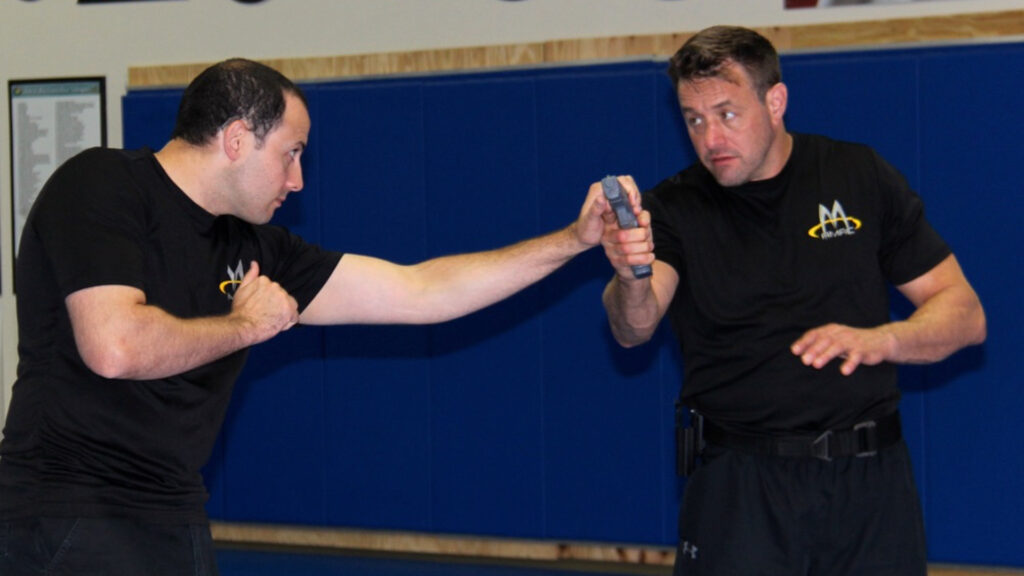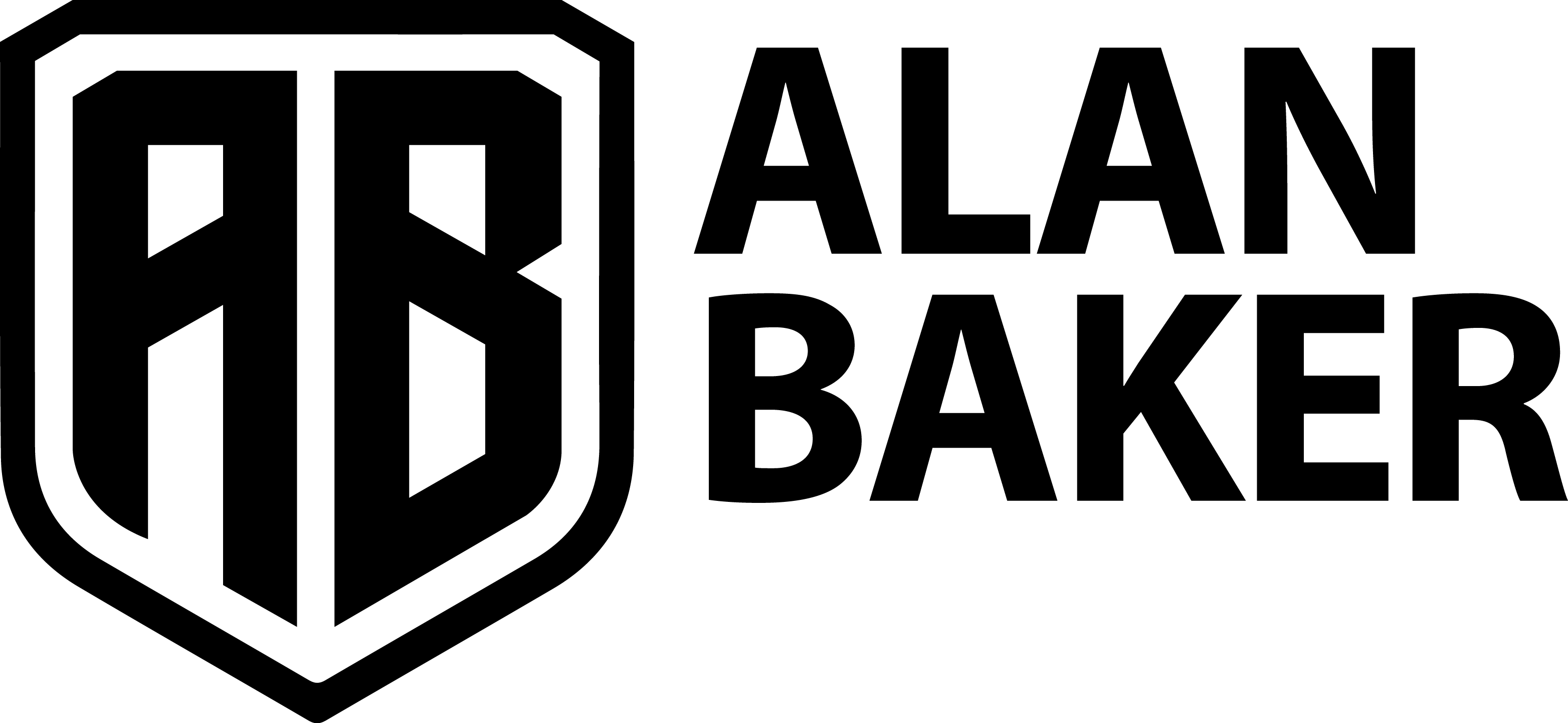
The martial arts industry is undergoing a crucial transformation driven by the pressing global climate. Escalating violence, often underreported, is hitting closer to home. This stark reality underscores the urgent need for practical self-defense and self-offense training.
People are no longer content with traditional martial arts forms that may not address the practical realities of modern-day threats. They are seeking training that equips them to handle real-life situations where the stakes are higher, and the dangers are more immediate. This shift is pushing the martial arts industry to adapt and evolve, incorporating techniques and strategies directly applicable to everyday scenarios.
For instance, the rise in incidents of street violence, home invasions, and other forms of personal assault have made it clear that self-defense is not just about physical strength or mastering a particular style—it’s about survival. As a result, there is an increasing demand for training programs that teach situational awareness, tactical response, and the use of improvised weapons.
Moreover, the industry’s change is also fueled by advancements in technology and communication. The proliferation of social media and online platforms has made sharing experiences, stories, and videos of real-world confrontations easier. This accessibility to information has made individuals more aware of the types of threats they may face, further driving the demand for practical and effective self-defense training.
In response, many martial arts schools and instructors are expanding their curriculums to include tactical training elements, such as Filipino Martial Arts (FMA) and other combative systems known for their effectiveness in real-world situations. These systems emphasize the importance of mental preparedness, quick decision-making, and the ability to neutralize threats swiftly and efficiently. Many so-called “Combative” systems are primarily designed to profit from people without providing genuine training or valuable information. I often encounter advanced practitioners from these systems seeking help to correct the bad habits and misinformation they have been taught. They come to me regularly to”fix” the flaws in their training and to learn practical, effective techniques.
Additionally, there is a growing emphasis on cross-training. Martial artists are encouraged to diversify their skill sets by learning multiple disciplines, ensuring they are well-rounded and prepared for various encounters. This approach enhances their physical abilities, strategic thinking, and adaptability.
The industry is being compelled to change due to the increasing violence in our world and the growing recognition of the need for realistic self-defense training. This evolution is essential to meet the demands of a society that is more aware of the potential threats and is seeking effective ways to protect themselves and their loved ones. As we navigate these changes, the industry must remain flexible and innovative, providing the tools and knowledge necessary for individuals to stay safe and confident in any situation.
People are being exposed to more violence through various media channels, and this exposure is changing their perception of actual violence. It serves as an unintentional education, opening their eyes to what is needed for practical self-defense and self-offense training. This growing awareness makes it clear that many traditional martial arts schools do not provide what people genuinely need to protect themselves in real-world situations.
As violent incidents are frequently broadcast and shared online, individuals are becoming more knowledgeable about the types of threats they may encounter and the practical skills required to counteract them. They recognize that self-defense is not just about mastering forms or engaging in controlled sparring matches. Instead, it involves understanding how to respond to unpredictable, high-stress situations without rules or guarantees.
This shift in understanding is leading to a demand for training that includes realistic scenarios, situational awareness, and practical techniques that can be applied immediately in a confrontation. People are seeking programs that teach them how to defend against armed attackers and multiple assailants and escape from dangerous situations. They are also seeking guidance on handling social encounters that can escalate into physical confrontations and strategies to de-escalate potentially violent situations. This shift includes learning how to use verbal tools and positioning to maintain an advantage effectively should the situation escalate into a physical exchange. These crucial skills are often not covered in traditional martial arts classes. Our program emphasizes the importance of these techniques, providing comprehensive training on managing conflict before it becomes physical. This holistic approach ensures you are prepared for all aspects of self-defense, not just the fight itself.
In recent years, the rise in concealed firearm carriers highlights the critical need for defensive tactics and countermeasures tailored to your everyday carry (EDC) kit. In encounters that do not escalate to a lethal force situation, it’s essential to protect your EDC while managing the threat. This necessity fundamentally alters many principles and techniques commonly taught in traditional fighting systems. Every range of combat, from handling blunt and edged weapons to grappling on the ground, is influenced by the presence of an EDC. Traditional martial arts often do not address these unique challenges, leaving a gap in comprehensive self-defense training. Our program bridges this gap, ensuring that every aspect of your defensive strategy is aligned with the realities of carrying a concealed firearm.
This evolution is essential as people want to feel confident that their time and effort in their training will truly prepare them for any threat they might face. They are no longer satisfied with learning techniques that only work in controlled environments; they want to be equipped with skills that can save their lives. The increased exposure to violence is not only changing how people perceive real violence but also educating them on the necessity of practical, effective self-defense training. This shift pushes the martial arts industry to adapt and provide training that meets these new expectations.
This shift in society and the general mindset is why I created the C-Tac® program in 2015. Even within the systems I was training, I identified significant gaps in the information provided and the training methods employed. Traditional martial arts often lacked practical applications for real-world scenarios, leaving practitioners unprepared for actual confrontations.
As societal awareness of violence grew, it became evident that there was a critical need for a comprehensive, practical approach to self-defense and self-offense. People needed training that not only addressed physical techniques but alsoencompassed situational awareness, psychological preparedness, and effective response strategies.
In conclusion, the evolving landscape of the martial arts industry is driven by a pressing global climate of escalating violence, often underreported but increasingly hitting close to home. This stark reality underscores the urgent need for practical self-defense and self-offense training. Traditional martial arts, which usually do not address the practical realities of modern-day threats, are being supplemented or replaced by training programs that equip individuals to handle real-life situations where the stakes are higher and the dangers more immediate.
As individuals seek to protect themselves and their loved ones, there is a growing demand for training that includes situational awareness, tactical responses, and the use of improvised weapons. This societal shift towards realistic self-defense training is why programs like C-Tac® were developed. The industry’s transformation is necessary to ensure individuals are equipped with the skills and confidence to handle any threat. By embracing these changes, the industry can offer training that genuinely prepares people for the realities of today’s world, providing them with the knowledge and tools to stay safe and secure in any situation.
My goal is to cultivate more individuals with the warrior mindset and leadership qualities necessary to confront challenges head-on, particularly in times of crisis. I envision a world where more individuals are ready and willing to stand up against today’s increasing adversities and evil forces.
Shift Your Perspective, Take the Action, Transform Your World.
~ Sifu Alan

Alan Baker is renowned for his dual expertise in crafting tailored Defensive Tactics Programs and high-performance coaching. Catering specifically to law enforcement agencies, military organizations, and security firms, Alan designs training regimens that emphasize practical techniques, real-world adaptability, and scenario-based training. His approach enhances the capabilities and readiness of personnel in intense situations. Explore Alan’s tailored programs here.
Beyond mere tactics, Alan stands out as the paramount “mindset” coach, adept at unlocking the vast potential within individuals. With a deep passion for mentoring professionals, entrepreneurs, and those on personal growth odysseys, he focuses on nurturing a mindset of excellence. Alan’s coaching hinges on practical strategies that bolster mental resilience, focus, and drive. Teaming up with Alan means embarking on a transformative path where mental barriers are dismantled, inherent strengths come to the fore, and your goals become within clear sight. His profound insights enhance performance and sculpt a mindset tailored for triumphant success.
To delve deeper into Alan’s mindset philosophy, peruse his enlightening collection of books And if you’re ready to amplify your journey under Alan’s tutelage, connect through his official website.

